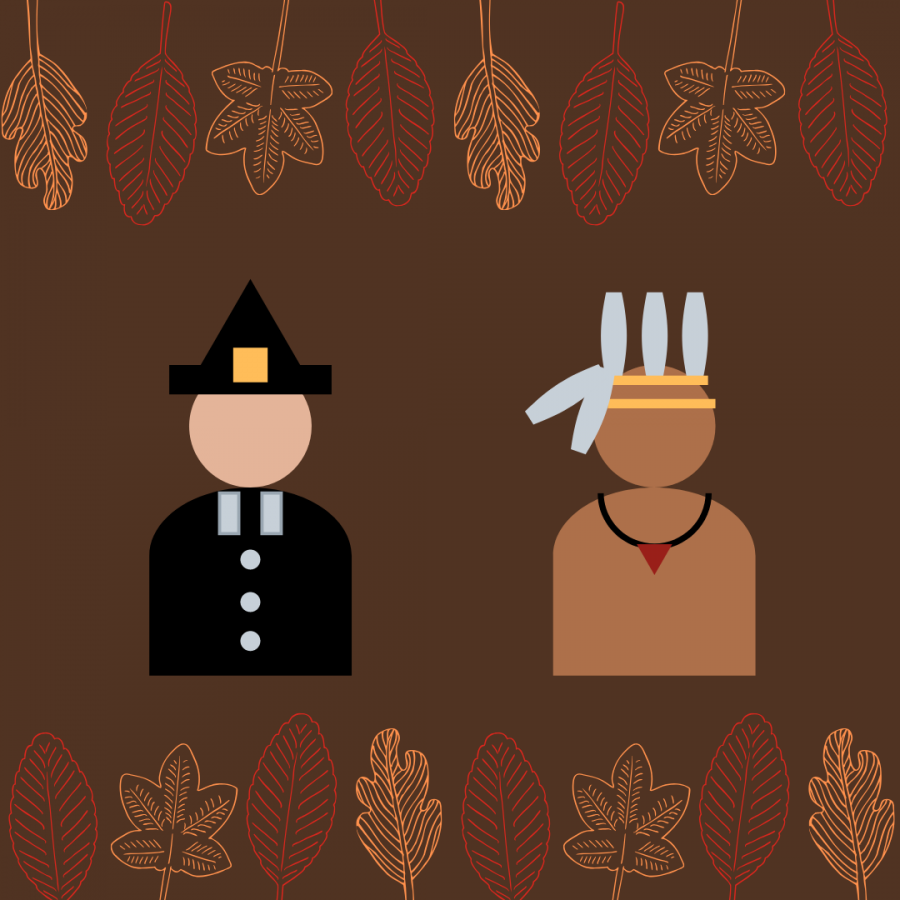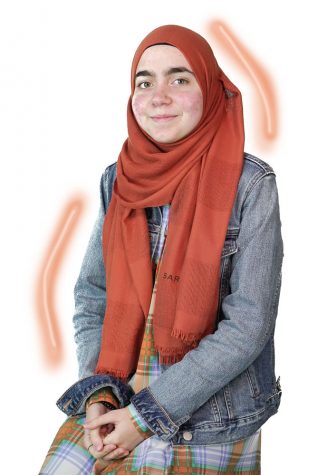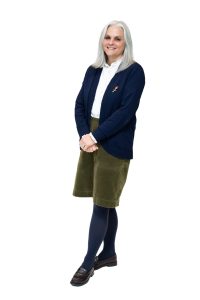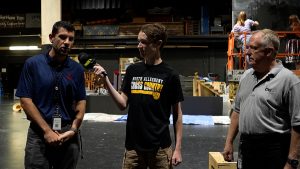Thanksgiving As We Know It?
The Pilgrims and Indians stories of our childhood aren’t quite as peaceful as they seem.
November 27, 2019
Over the course of our childhood, we’ve learned the history of the first Thanksgiving feast seemingly annually. But in case you don’t quite remember the story, it goes a little something like this….
The Lies
In 1620, the Pilgrims, led by their noble explorer Christopher Columbus, sailed aboard the Mayflower to North America. They set port around Massachusetts, shocked to find that the land was already inhabited by its own people. But of course that didn’t stop them from building a colony. They kindly asked the indigenous people, whom they called Indians – after Columbus’ idiocracy in not being able to differentiate the Atlantic from the Indian sea back in 1492 – to move their settlements elsewhere. And of course the Indians let the white men have a few hundred acres of land, after all, it’s not like it was their ancestor’s land or anything. Anyway, the pilgrims set up a colony named Plymouth, in hopes of finally having religious freedoms. And of course since the pilgrims needed a regular source of food, they teamed up with the Indians to crop corn. The Indians taught the Pilgrims their own techniques in growing the maze and at the end of the year the pilgrims had a successful harvest. To celebrate the harvest, the Pilgrims threw a feast to give thanks to the Indians and themselves. They all ate turkey, corn, pumpkin pie and mashed potatoes. And the Pilgrims and the Indians all lived happily ever after. The End….
By the time you graduate high school you should know this fairy tale is a lie. Especially the part where the Indians and the Pilgrims live forever in peace. Our elementary school teachers were so busy teaching us how to make feathered headbands from construction paper, that they left out a lot of important details regarding the history of Thanksgiving.
Look, I’m not a history professor or anything but hear me out as I ruin your happy childhood.
The Basic Facts
First off lets begin with the terms. I can’t really express a shout through words, but imagine me yelling “Native Americans are not Indians!” We’ve already addressed the fact that Columbus screwed up his continents, yet for some absurd reason in elementary school when learning the history of Thanksgiving, we were told the story of the Indians and the Pilgrims. We only really learn that it’s wrong to call them Indians towards middle school. I asked my 8-year-old sister if it was still the same, and she said something like, “Yeah, we learned about the Pilgrims and Indians, but it’s not nice to call them Indians, so we say Native American.” I’m glad to know that at least that much has changed and we’re actually starting to be a bit more politically correct, however, there’s still something wrong. When I recall learning about Native Americans, I barely remember learning the names of their tribes. Sure, I remember the Cherokee, Sioux and Apache, but that’s pretty much it. And yes, it’s quite unrealistic for us to be held accountable for knowing every single Native American tribe, which there are a total of 526 in the U.S. alone. Still, I feel like we should at least know the name of the tribe that helped the Pilgrims, right?
Well, lucky for you I did my research, and according to Indian Country Today, at the time the pilgrims arrived, the Wampanoag tribe lived in the Massachusetts area. When the English first began making settlements near the shores of Massachusetts, the Wampanoag didn’t really see them as a threat, considering the fact that among the English were women and children. For the entirety of one winter, the two groups lived among themselves unbothered by the others. Around the first spring, Massasoit, the chief leader of the Wampanoag, visited the pilgrims with Squanto as his translator. By the end of the short visit, the English had signed a peace treaty with the Wampanoag that forbid either group to harm the other. Squanto befriended the pilgrims, became a translator and diplomat between the two groups, and taught the pilgrims cropping and fishing techniques. If that name sounds familiar it’s because we learned about Squanto in school. But our teachers forgot to mention how Squanto learned English. Long story short, back in 1614 English explorers captured him, sold him as a slave to Spain and then let him come back to his home in 1619, only for him to find his whole family had died of smallpox.
Surprisingly, despite all that the English had done to Squanto he played a big role in maintaining peace, which was more so held by the Natives rather than the English.
The First Feast
Now that you know a little bit of the background, let’s get to the feast. Remember the fact that the pilgrims invited the Indians to the feast to celebrate the harvest? Well apparently there isn’t any actual evidence that the Natives were invited. In fact, what really happened was, Massasoit and his tribe heard about the feast and made an impromptu visit to the pilgrims, bringing five deer with them as a gift to the pilgrims, and they all feasted for three days – supposedly.
The feast did not include turkey or pumpkin pie on the menu. At the time turkeys were actually quite sparse in the area so the chance of the pilgrims and natives stuffing their bellies with turkey bathed in gravy are very slim. As for the classic Thanksgiving dessert, the pilgrims didn’t have the sufficient supply of wheat or milk to make such a delicacy.
The Reality
In the years to come, despite having feasted and signed a “peace” treaty with the Wampanoag, the English slowly decimated the tribe, along with many others. As more pilgrims came from England, they started to expand their settlements, to the point where they were no longer silent neighbors, but now intruders towards the tribe. Over time, the pilgrims pillaged the land away from several tribes, spread smallpox among them and brutally massacred entire settlements of Natives. Though many Native American tribes still exist today, their numbers are rapidly decreasing, all thanks to England’s desire to colonize North America for freedom.
Overall, the story of the Pilgrims and Indians isn’t all daisies and roses.
I’m not saying that we should completely get rid of Thanksgiving as a holiday. Even if I was, there’s no way Americans are going to want to get rid of holiday that gives them an excuse to stuff their faces and shop until they drop. However, as we gather with our families on Thanksgiving, we should be aware of the realities that come with it.
We must start to properly educate children of the reality that Thanksgiving, though the idea was peaceful, was a beginning of an end for Native Americans. We must use these realities as a reason to prevent any further harm that might come to the tribes, especially considering the current climate between Native American reservations and the government.
So, this Thursday, as you fill your plate with turkey, corn, mashed potatoes and gravy, ask yourself, “What really happened between the Pilgrims and the Indians?” Because they obviously didn’t hold hands and talk about what they are thankful for.













